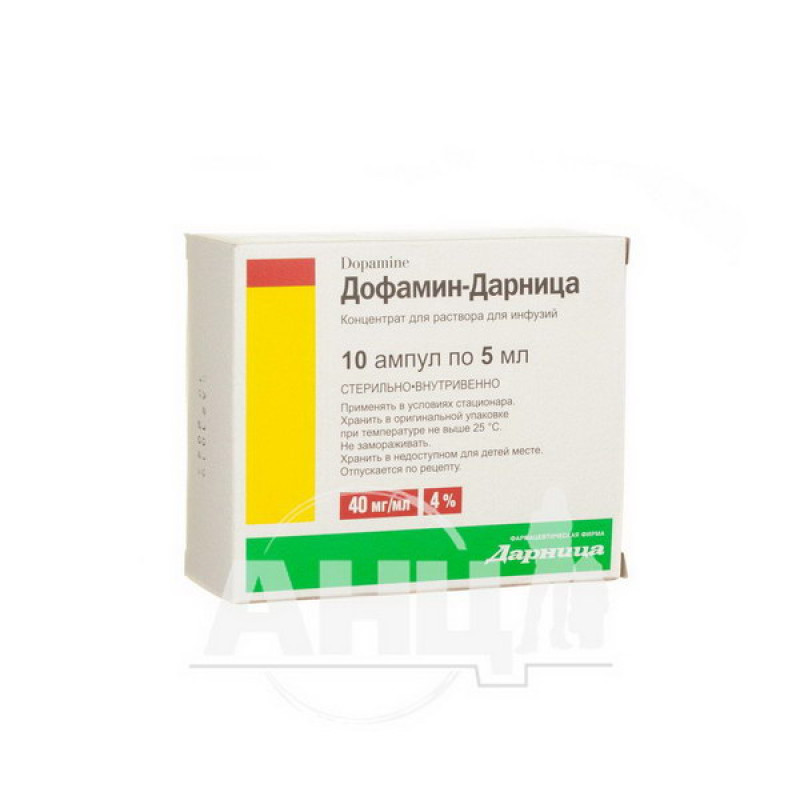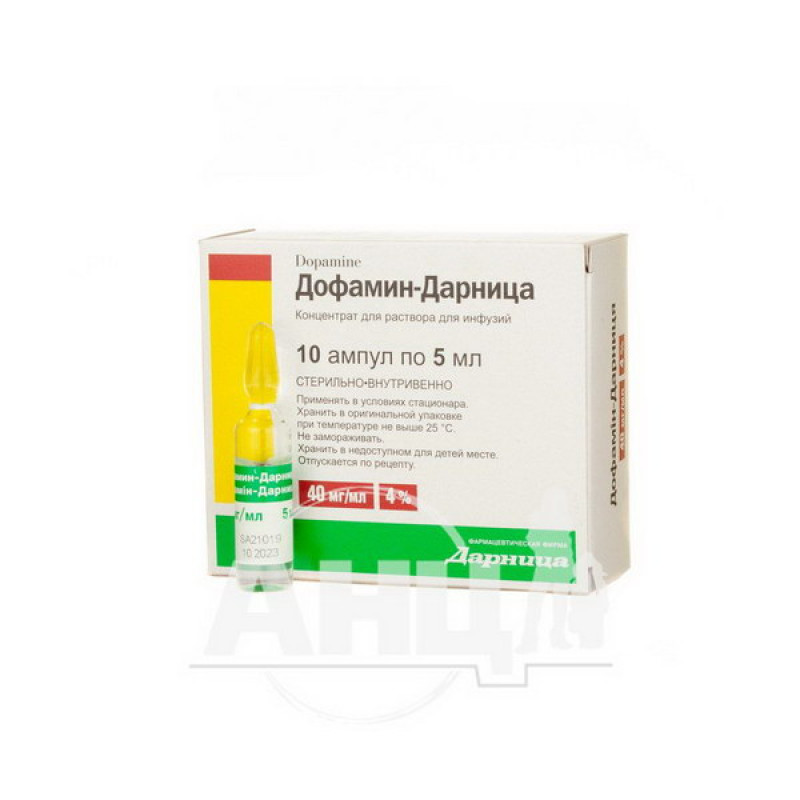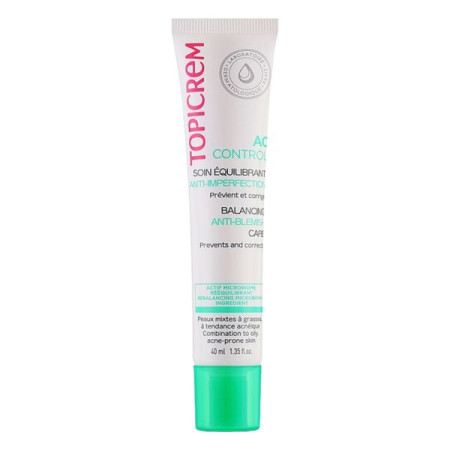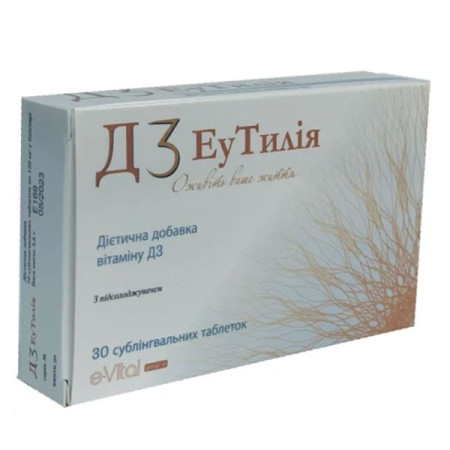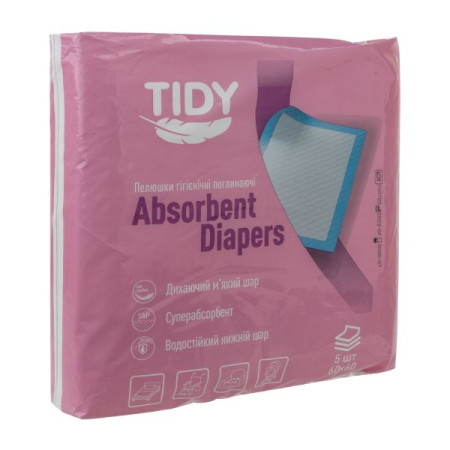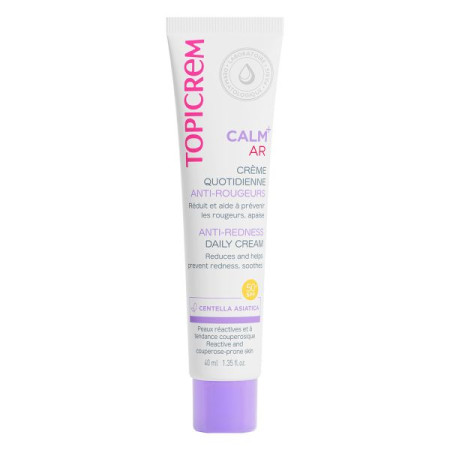Dopamine-Darnitsa concentrate for solution for infusions 40 mg/ml ampoule 5 ml No. 10
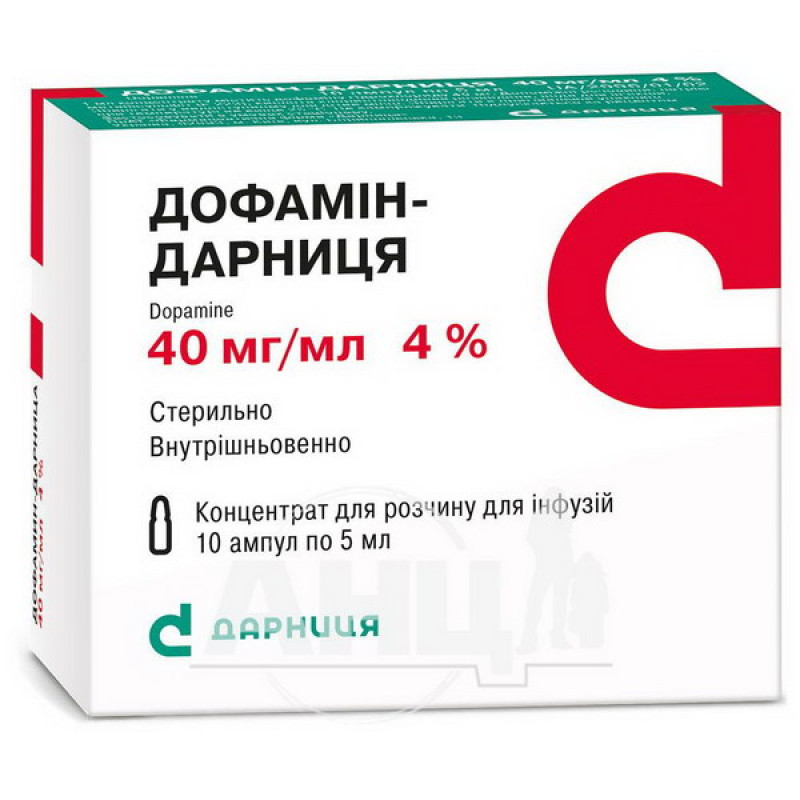
Concentrate for infusion solution "Dopamine-Darnitsa" is used in shock conditions or conditions that threaten the occurrence of shock:
heart failure caused by acute myocardial infarction (cardiogenic shock); severe infections (infectious-toxic shock); shock state after operations; pronounced decrease in blood pressure (severe hypotension) of any origin; hypersensitivity reactions (anaphylactic shock).Composition
The active substance is dopamine hydrochloride (1 ml of concentrate contains 40 mg of dopamine hydrochloride).
Excipients: sodium metabisulfite (E 223), diluted hydrochloric acid, water for injections.
Contraindication
hypersensitivity to dopamine or other components of the drug; pheochromocytoma, thyrotoxicosis; tachyarrhythmia, ventricular fibrillation, as well as conditions accompanied by mechanical resistance to ventricular filling; hypovolemia (before starting treatment, it is necessary to fill the deficit in the volume of circulating blood); angle-closure glaucoma; prostatic hyperplasia with urinary retention; anesthesia with cyclopropane and halogenated hydrocarbons should be avoided.Method of application
The dosage of the drug is prescribed by the doctor individually, taking into account the severity of shock, the patient's response to dopamine treatment and side effects. To obtain the desired effect of dopamine on hemodynamics, the dose of each patient should be carefully selected by titration.
Before starting treatment, it is necessary to restore the volume of circulating blood. Simultaneously with the use of dopamine, electrolyte balance should be monitored.
Unless otherwise prescribed by your doctor, the doses listed below are recommended.
Adult patients who may respond to moderate cardiac and circulatory support may be given an infusion of dopamine at an initial dose of 2.5 mcg/kg body weight per minute.
In this case, the initial dose for critically ill patients should be 5 mcg/kg, and if necessary, it can be gradually increased (for example, every 15-30 minutes) to 10 mcg/kg body weight per minute to a maximum of 20-50 mcg/kg body weight per minute.
Most patients achieve satisfactory results with dopamine doses below 20 mcg/kg body weight per minute. Administration of the drug at a dose greater than 20 mcg/kg body weight per minute may be accompanied by a reduction in renal blood flow.
In case of worsening heart failure, dopamine should be administered as an infusion at a dose of no more than 50 mcg/kg body weight per minute.
If it is necessary to use a dose greater than 50 mcg/kg body weight per minute, diuresis should be monitored.
It is preferable to increase the rate of administration of the drug with the lowest concentrations before administering a more concentrated solution.
If one ampoule of the drug "Dopamine-Darnitsa", concentrate for the preparation of a solution for infusions, 40 mg/ml, is diluted in 50 ml of a solution for infusions, 1 ml of this solution contains 4000 mcg of dopamine hydrochloride.
If one ampoule of the drug "Dopamine-Darnitsa", concentrate for solution for infusion, 40 mg/ml, is diluted in 500 ml of solution for infusion, 1 ml of this solution contains 400 mcg of dopamine hydrochloride.
The duration of treatment depends on the patient's clinical condition and is determined by the doctor.
Before starting dopamine treatment in patients with hypovolemia, the circulating blood volume should be restored. Given that dopamine improves atrioventricular conduction, patients with atrial fibrillation and a rapid ventricular response should be given cardiac glycosides before dopamine is administered.
When treating unconscious patients, airway patency should be monitored due to the risk of aspiration. Patients with increased pre- and afterload should be given nitroglycerin to reduce the workload on the heart.
The drug must be diluted before administration. The dilution volume is one ampoule per 250 ml or 500 ml of solvents recommended for use (0.9% sodium chloride solution or 5% glucose solution).
The infusion solution should be prepared immediately before use, using only clear solutions that do not change color after adding Dopamine-Darnitsa. Infusion should be performed using a central venous catheter, if possible.
The prepared solution must be used within 12 hours.
Application features
Pregnant women
The drug is not recommended for use during pregnancy, as there is insufficient information about its safety and effectiveness.
It is not known whether dopamine passes into breast milk, nor is it known how it affects the infant.
Children
There is no information on the use of dopamine in children, so the drug should not be used in this category of patients.
Drivers
"Dopamine-Darnitsa" is a drug for use in hospital conditions with a very short half-life. After discharge from the hospital, there is no possibility of the drug affecting the ability to drive or operate other mechanisms.
Overdose
Symptoms of overdose are usually due to the sympathomimetic effects of dopamine.
Symptoms: excessive increase in blood pressure, tachycardia, arrhythmia, increased diastolic pressure in the left ventricle with subsequent pulmonary edema, angina attacks (especially in patients with heart failure), unspecified chest pain, palpitations, nausea, vomiting, feeling of cold extremities, cyanosis.
Treatment: reduce the dose or briefly stop the infusion, as the duration of action of dopamine is very short. If these measures are insufficient, β-blockers or nitroglycerin should be used. If necessary, administer phentolamine.
Side effects
The development of adverse reactions when using dopamine is associated with the pharmacological action of the drug.
Respiratory, thoracic and mediastinal disorders: often (≥ 1/100 to < 1/10) - dyspnea.
Gastrointestinal: often (≥ 1/100 to < 1/10) - nausea, vomiting.
Nervous system disorders: common (≥ 1/100 to < 1/10) - headache.
Cardiovascular system: often (≥ 1/100 to < 1/10) palpitations, heart rhythm disturbances, including tachycardia (ventricular, supraventricular and sinus).
Storage conditions
Store in the original packaging at a temperature not exceeding 25 °C, out of the reach of children. Do not freeze.
Shelf life - 4 years.
There are no reviews for this product.
There are no reviews for this product, be the first to leave your review.
No questions about this product, be the first and ask your question.







